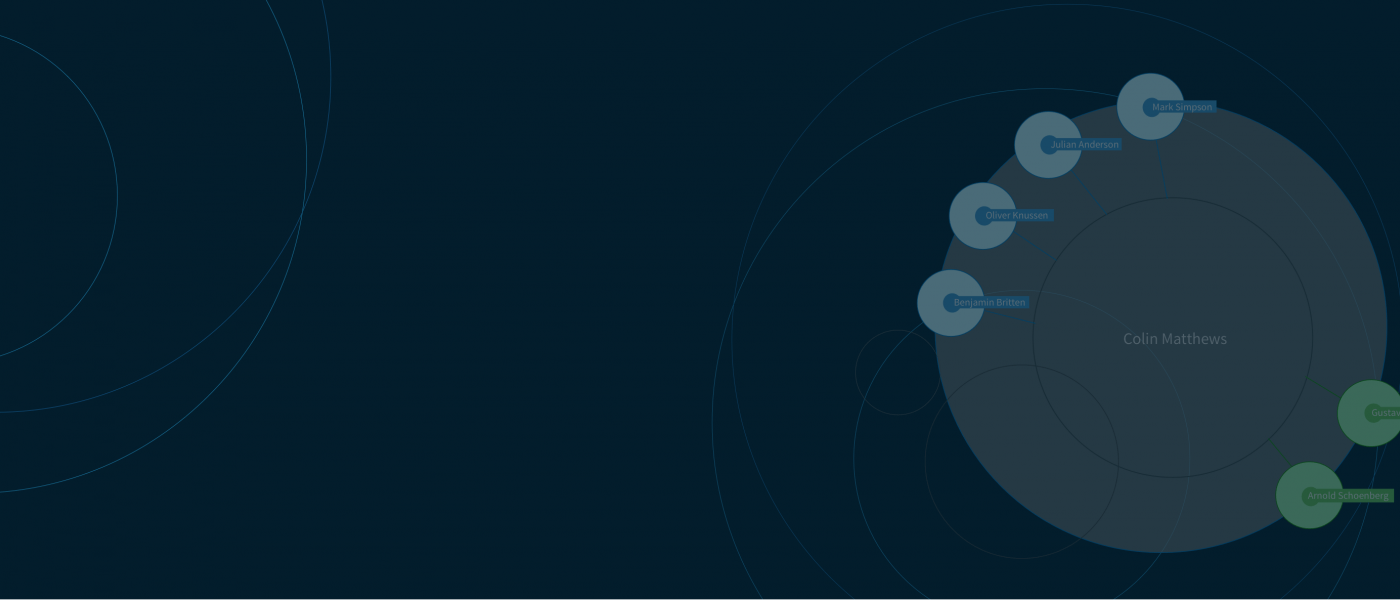Two Games and a Nocturne
24th March 2022
Articles PsapphaComposer Tom Coult on his contribution to Psappha's 30th Anniversary album
Some pieces have an idea, image or inherent behaviour that they get their impetus from – these ones are a lot easier to find titles for. For others, however, I start simply with the instruments available – how many things can I do with them? How many things do I want to do with them? How do I curate eleven minutes of my audience’s time? These pieces are harder to find titles for, but I do sometimes enjoy giving them ‘what it says on the tin’ titles – Two Games and a Nocturne is one of them.
Though I had attended many of their concerts while living in Manchester between 2007 and 2012, Psappha first played my music in 2013 – I had written my Enmîmés sont les gougebosqueux (emphatically not a ‘what it says on the tin title’) for a different ensemble the previous year but made an altered version for a young composers competition Psappha were the ensemble for. I was delighted when Tim Williams came to me with the suggestion of a commission for their 25th anniversary in 2017.
It’s a way of thinking about music that dominates my composing – what are the rules of the game? When do the rules change?
If the idea of a ‘nocturne’ is fairly straightforwardly explained, or at least can be situated with reference to much older examples, the ‘game’ is an invented genre. The implication is of a movement obeying certain 'rules of the game’ – the bishop can only move diagonally; the piano plays a downward gesture on each marimba note…if you land on a snake you must descend; all solos are answered by an extended six-note chord. It’s a way of thinking about music that dominates my composing – what are the rules of the game? When do the rules change? Both games here behave in certain, very defined ways.
Game I: Piano solos – the pianist strums across a number of the instrument’s strings with their left hand, but out come clean three-note chords, that can change and move as the skittish and fidgety right-hand melody modulates to new places. Each is answered by a moment of stasis, before a big funky, insectoid groove, with rich, bluesy harmony stolen (though hugely distorted) from a particularly strange and beautiful series of chords in Ravel’s ‘Le gibet’ from Gaspard de la nuit.
Game II: The game is acceleration, but not in a straight line…the piano and marimba are constantly locked together, starting as an ominous trudge but pushing forward, pulling back, pockmarked by ensemble contributions, eventually hitting a much faster speed then subsiding…decelerating…slowing. Suddenly: a quick race to the finish…a little love letter to Conlon Nancarrow.
The Nocturne: this felt quite unusual for me at the time – much of my previous music had been generally busy, sometimes hyperactive, whereas this had a calm, evolving, breathy quality. In fact, the idea of a Nocturne has since become something of a recurring theme in my music since, partly because nocturnal atmospheres had been so rare in my music up until that point. There is plenty of the nocturnal in my opera Violet, in the second movement of my violin concerto Pleasure Garden, in the final movements of my String Quartet and my soprano and piano piece Wholesome Counsels. I have also recently completed a horn trio, named, in a little hat-tip to this Psappha piece,Two Nocturnes and a Maze.
Much of my previous music had been generally busy, sometimes hyperactive, whereas this had a calm, evolving, breathy quality
That’s enough context – I’m delighted that Psappha wanted to record this 25th birthday present as part of their 30th birthday celebrations. I was also particularly pleased that the piece was recorded in the Victoria Wood Hall at Hallé St Peters – Victoria Wood is a bit of an artistic hero of mine…
Psappha Commissions is released 25 March and is available to preorder now.
NMC's Discover platform is created in partnership with ISM Trust.
